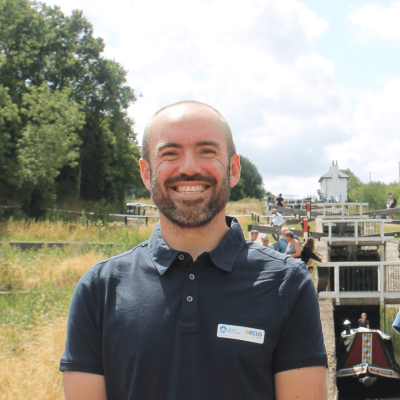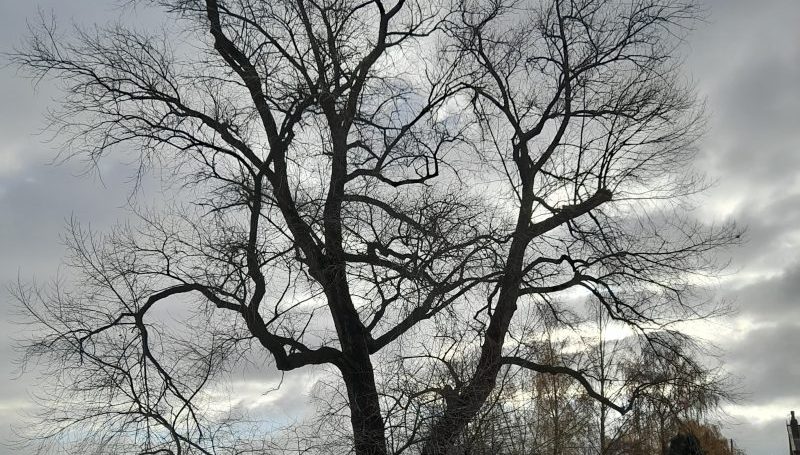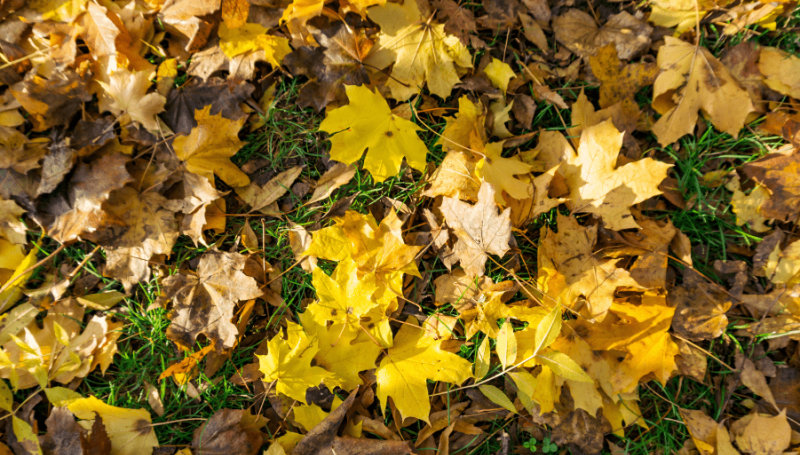As National Tree Week draws to a close, it is a timely reminder that we all need to be more conscious of the sustainability of our Christmas tree choices. Many of us will be thinking about decorating the house for December, and the climate crisis means that the choices we make over the festive season have never been more important.
Christmas trees are often the focal point of our home decorations and their importance stems back to pre-Christian traditions. Ancient civilisations brought evergreen trees and wreaths into the home to symbolise eternal life, and pagan Europeans commonly worshipped trees. These traditions survived the onset of Christianity, which quickly took up the tree as part of Christmas celebrations. In Britain the tradition was introduced by the royal family in the 19th century but it wasn’t until the 1920s that trees were available to most classes. Nowadays trees are remarkably affordable and we grow around eight million trees in Britain for the Christmas market every year.
Over the past 40 years or so we have experienced a number of Christmas tree trends. When I was a child in the 1980s most people bought real, cut trees. But during the 1990s and 2000s artificial trees grew in prominence as manufacturing and shipping costs reduced. Since then our awareness of climate change has increased and, for many who endeavour to make conscious choices, real trees, once again, seem to be the more sustainable option.
All trees have a carbon footprint, whether they’re fake or real. According to the Carbon Trust artificial trees have a higher carbon footprint – around 40kg of carbon dioxide equivalent (CO₂e), compared to a real tree that produces 3.5kg CO₂e – more than 10 times less. But the arguments for and against are more complex.
Artificial trees
Despite fake trees having a higher carbon footprint, they have one advantage – they are reusable. This means you don’t have to pay for a tree every year and if you reuse your artificial tree at least 7-20 times (depending on its size) it is better for the environment than buying a new, commercially grown, tree every year.
However, your artificial tree is made of plastic, which creates emissions when it is manufactured, is often shipped from countries such as China, and is not biodegradable or recyclable. Considering the ever-changing nature of trends when it comes to Christmas trees and decorations, how common is it for one family to use the same tree for up to 20 years? Approximately one million artificial trees end up in landfill every year simply because they are no longer ‘fashionable’.
Real trees
The British Christmas Tree Growers Association (BCTGA) sells approximately 8 to 10 million Christmas trees per year. Many buyers prefer the look, feel and smell of having a real tree in their home, and they see it as a more carbon friendly option. Real Christmas trees are grown on dedicated plantations and aren’t cut from the wild. This means that while they take around 12 years to get to an appropriate size, they spend that time cleaning the air, enriching the soil, absorbing carbon, and providing a habitat for wildlife. When a tree is cut down, approximately three more will be planted in its place for future Christmases, creating a sustainable, circular tree economy.
However, there are downsides to the sustainability of cut trees. Chemical fertilisers, and fuel for farming machinery and transportation all add to their carbon footprint. Christmas tree farms are monocultures, which monopolise vast areas of land, use chemicals that cause pollution, and aren’t the biodiverse nature reserves we like to imagine. Additionally, approximately 7 million trees end up in landfill every year, and if this happens, their carbon footprint leaps to 16kg CO₂e. This is because if they are left to decompose anaerobically, they produce methane, which is a greenhouse gas 30 times more harmful than carbon dioxide. It is recommended that cut trees are recycled responsibly through verified schemes, which mulch them for use in gardens.
Potted trees
If the carbon footprint of real trees is increased by how we treat them when Christmas is over, why not just try to keep our trees alive for as many Christmases as possible? Potted trees are a good solution to this challenge as they can be kept in the pot or replanted and dug up for reuse time and time again. Keeping your tree alive means it will naturally absorb CO₂ and release oxygen during its lifetime, and provide valuable wildlife habitat in your garden for many years.
My top tips:
- Forestry England recommends that you only buy a ‘Grown in Britain’ certified tree rather than imported ones that can carry harmful tree pests and diseases.
- If you don’t have a garden for your potted tree, there are many ‘hire’ schemes that will replant the tree for you.
- Recycle fake trees by donating to them charity.
- Buy real cut or potted trees locally to reduce travel emissions.
- Request that your tree is not wrapped in a plastic net.
- Make sure your real trees aren’t grown in peat.
- Check out your local council’s Christmas tree recycling schemes.
- If you decide to recycle your real tree you can use it for mulch (which helps to retain the carbon in the soil) or use the branches to build nests for bees.
There are obviously many other aspects of Christmas that you can make conscious decisions about to make them more sustainable and carbon neutral. Your Christmas tree choice is just one part of that. Whatever you decide is the best tree for you and your family, I hope this blog helps you make a more informed choice. Happy tree hunting!




